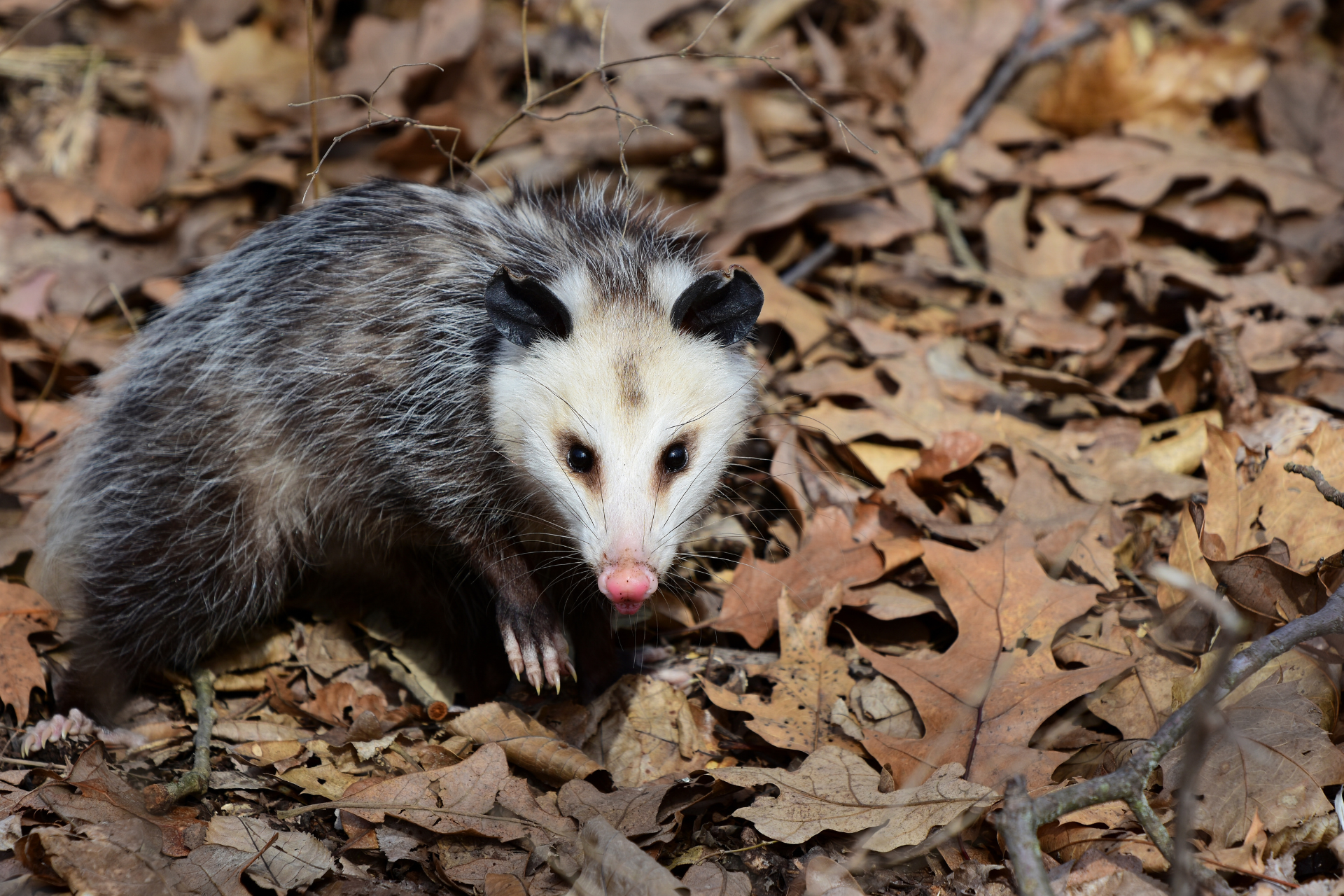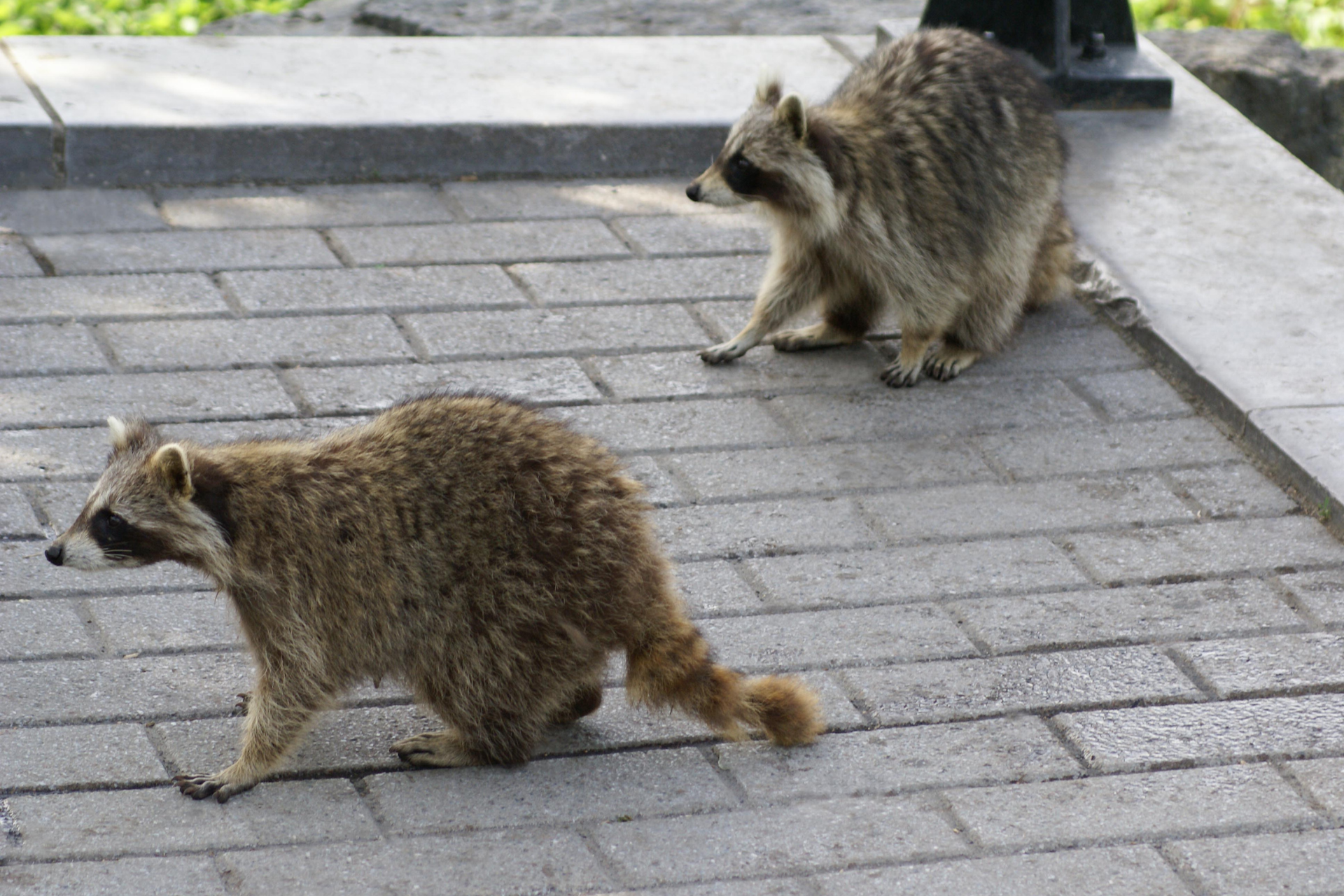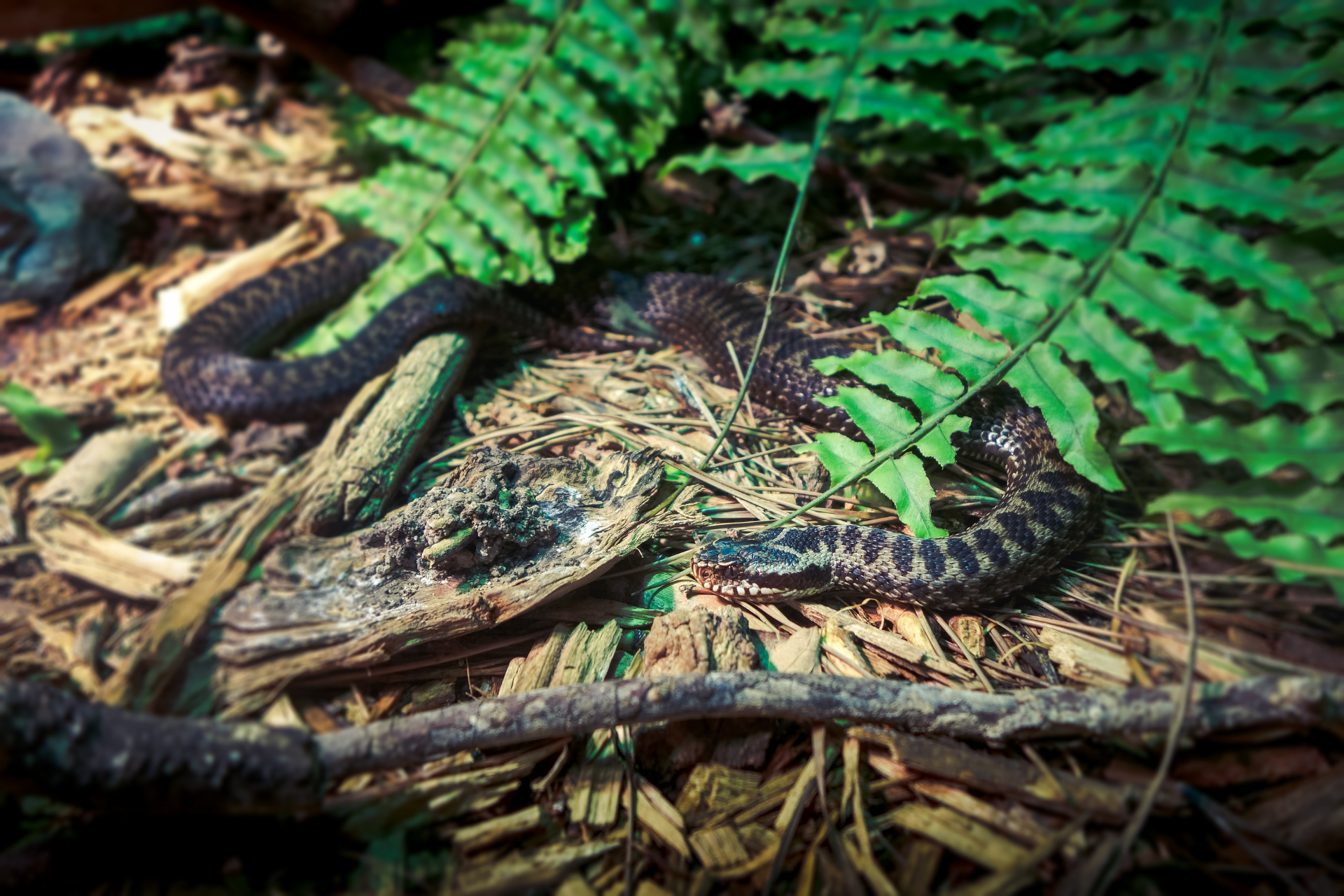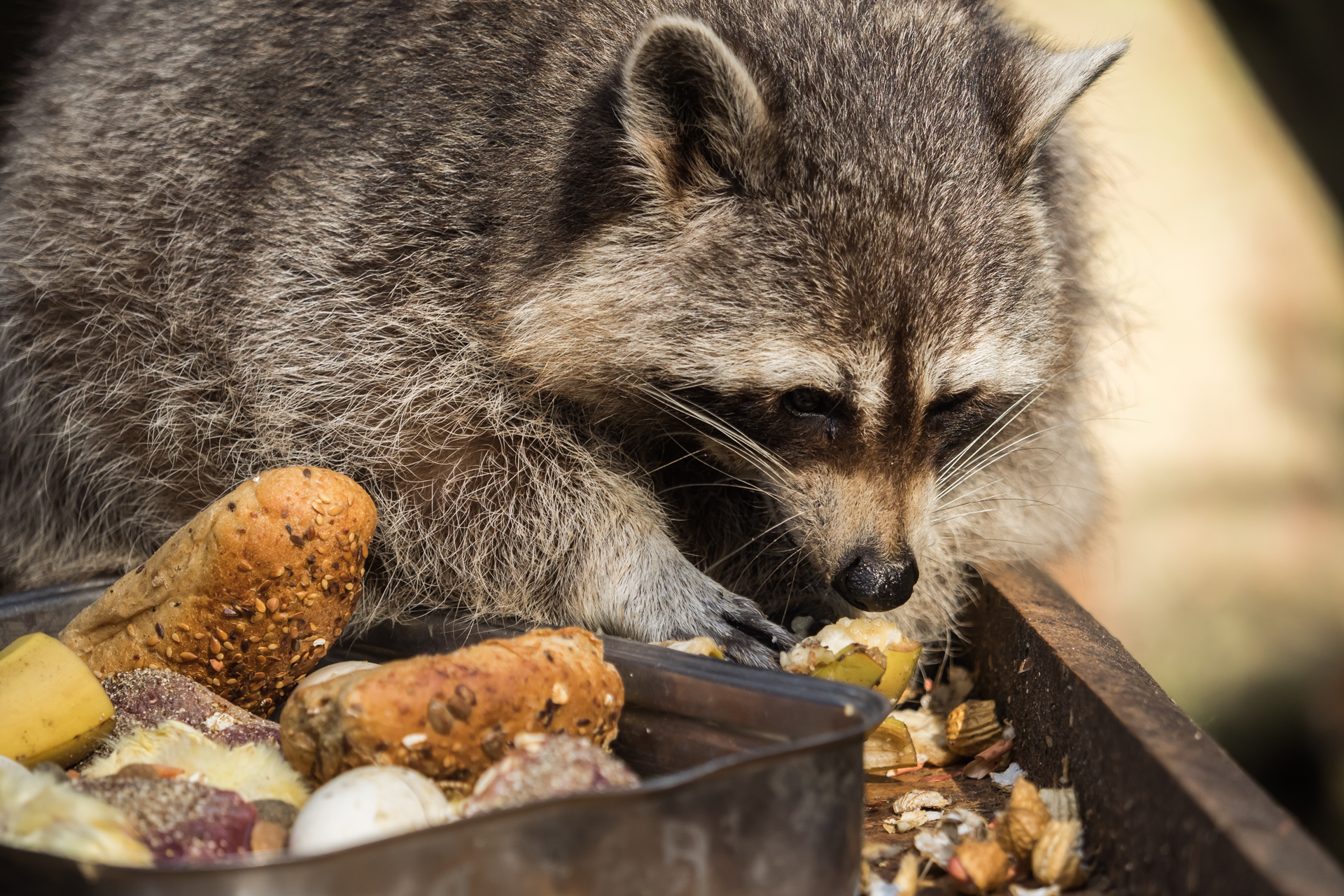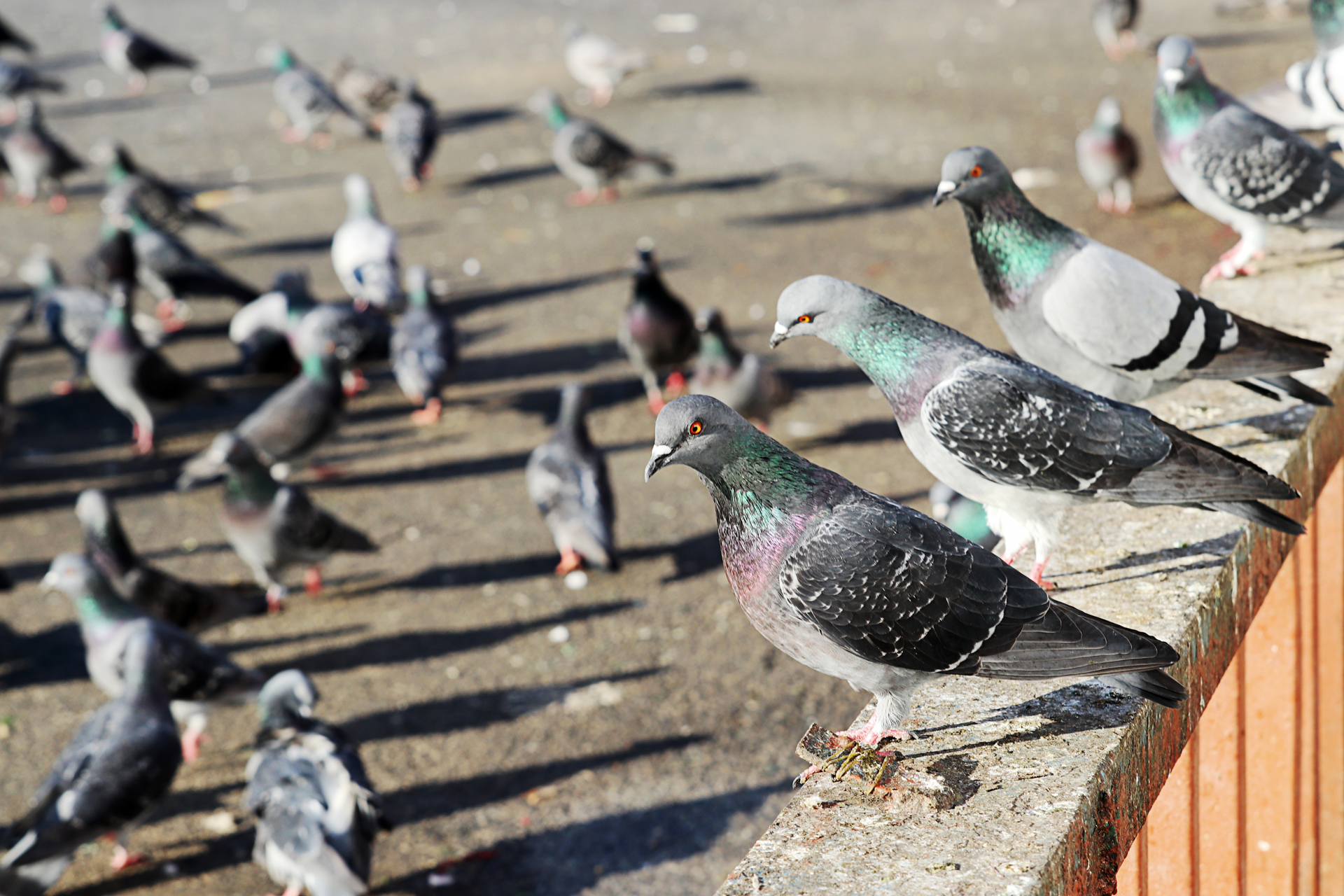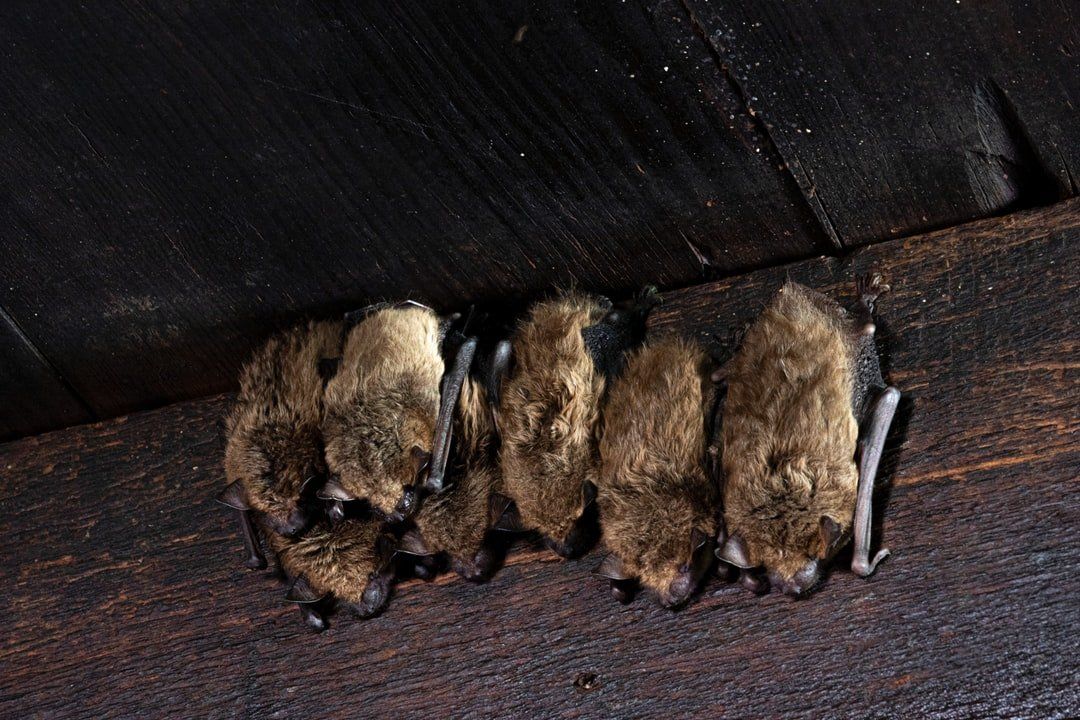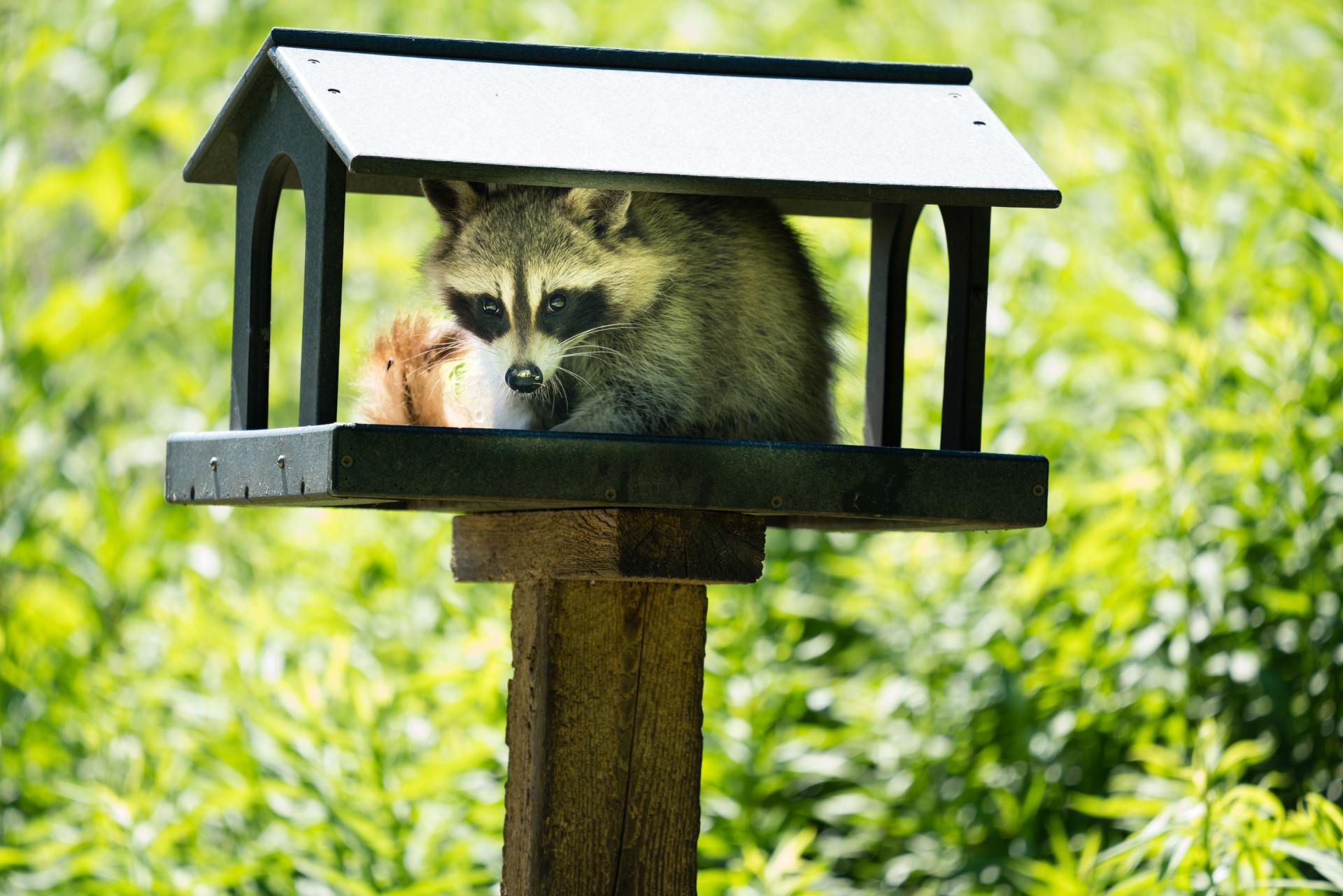Territorial Wildlife Behavior
Wildlife Territorial Behavior: What It Means for Your Property
Wildlife has an intrinsic connection to the land, much like we do with our homes. Animals, by nature, establish and defend territories for survival, reproduction, and resource control. This deeply ingrained instinct ensures that they secure access to food, water, shelter, and a safe space for raising their young. While this behavior is fascinating to observe in natural settings, it can become a serious issue when animals extend their perceived boundaries into human spaces. What starts as a harmless intrusion can quickly escalate into a problem, as animals aggressively claim areas of your property, causing damage and disrupting your sense of security.
Territorial instincts drive wildlife to mark and defend what they perceive as their own, often leading to a series of cascading consequences for homeowners. From gnawed wires and torn insulation to scratched walls and chewed structural elements, the physical damage can be extensive. Additionally, territorial behaviors such as marking with urine or feces introduce health risks and unpleasant odors into the home environment. Wildlife may also become hostile toward anyone they perceive as a threat, including pets and people. This intersection of property damage and potential safety concerns underscores the importance of addressing territorial wildlife issues as soon as they arise.
How Territorial Instincts Drive Wildlife To Invade Homes
Territorial behavior is deeply rooted in the survival strategies of wildlife. Animals stake their claim to areas abundant in food, water, and shelter, ensuring their dominance over critical resources. For some species, human homes and properties present the ideal environment. Accessible attics, basements, sheds, or even crawl spaces mimic natural shelters, offering security from predators and harsh weather.
This territorial drive often results in animals gnawing, digging, or clawing their way into structures. Squirrels, for instance, may chew through roofing materials to establish nesting grounds, while raccoons can tear apart soffits or shingles in their effort to claim an attic. Even smaller creatures like mice and rats will squeeze through tiny gaps to carve out their territory within walls or insulation. The damage they cause is not random; it is a calculated effort to create and defend their new domain.
Once animals establish their territory within or near your property, they begin marking their space through urine, feces, or scent glands. This behavior may seem harmless, but the reality is far more concerning. Animal markings contain pheromones that signal to other wildlife that the area is claimed. This can inadvertently attract more animals, either to challenge the current occupant or to claim the surrounding area.
Marking also introduces odors and bacteria into your home, affecting indoor air quality and potentially leading to health issues. Additionally, the act of defending territory can escalate into aggressive behavior. Wildlife that feels threatened may lash out at pets or people who come too close. Raccoons, for example, are known for their boldness and can pose a direct threat when cornered or protecting their young. This blend of physical damage and safety concerns underscores the risks of allowing territorial wildlife to remain unchecked.
Seasonal Triggers For Increased Wildlife Aggression
Territorial behavior intensifies during specific times of the year, particularly mating and nesting seasons. Spring and early summer often bring a surge in wildlife activity as animals seek safe and secluded spaces to raise their young. During these periods, their instinct to protect their nests and access to resources becomes amplified, significantly increasing the potential for conflicts with homeowners. Animals that might otherwise avoid human interaction can become bold and defensive, prioritizing their offspring’s safety over their usual caution.
Birds, for instance, are known to become highly territorial around chimneys, eaves, or soffits where they’ve established nests. Protective behaviors such as swooping, loud calls, or dive-bombing anyone perceived as a threat can disrupt daily activities and pose risks to children or pets playing nearby. Similarly, male animals such as deer, foxes, or raccoons exhibit heightened aggression during mating season as they compete for dominance. What might seem like harmless wildlife activity can quickly escalate into property damage, stress, and potential injury. When these natural instincts spill over into human spaces, they can transform peaceful gardens or backyards into battlegrounds, highlighting the importance of preventative measures and professional intervention to manage these seasonal challenges effectively.
Damage To Property And Infrastructure
Territorial wildlife doesn’t limit its impact to superficial damage. The drive to establish and protect a home often leads animals to compromise the very structures they occupy. Rodents chew through wires, leading to electrical hazards and even the potential for fires. Larger animals, such as raccoons, may rip apart insulation, creating drafts and increasing heating or cooling costs.
The damage extends outdoors as well. Burrowing animals like groundhogs or moles can weaken the structural integrity of decks, patios, or fences. Birds nesting in gutters can block drainage systems, leading to water damage or mold growth. Each act of claiming and defending territory comes with a price tag, leaving homeowners to deal with costly repairs and the risk of further infestations.
Dealing with territorial wildlife is a complex and potentially hazardous challenge that demands more than a do-it-yourself approach. The combination of property damage, health risks, and the aggressive nature of animals defending their territory requires careful and informed handling. Without proper expertise, attempts to manage the situation can inadvertently provoke the wildlife, leading to further escalation, increased damage, and heightened safety risks for the homeowner and their family. What might seem like a straightforward task—such as removing a nest or sealing off an entry point—can quickly turn dangerous when confronted by defensive animals.
Professional wildlife control services provide the expertise and tools necessary to manage these situations safely and effectively. Trained experts possess an in-depth understanding of the behavior and instincts of territorial animals, enabling them to remove wildlife humanely and efficiently. Beyond removal, professionals implement comprehensive strategies to address the root causes of the invasion. This includes identifying and sealing entry points, eliminating attractants, and installing deterrents to prevent future visits. These long-term solutions not only resolve immediate concerns but also create a protective barrier against recurring issues, ensuring that your home remains a safe and secure sanctuary for your family.
At Veteran’s Pride Wildlife Control, we specialize in managing the challenges posed by territorial wildlife. From identifying entry points to safely removing animals and implementing prevention strategies, we are dedicated to safeguarding your property and ensuring your family’s safety.
Don’t let territorial wildlife turn your home into their domain. Contact Veteran’s Pride Wildlife Control today to schedule an inspection and take the first step toward a secure and wildlife-free living environment. Together, we’ll protect your home, your peace of mind, and your family’s well-being.
All Rights Reserved | Veterans Pride Wildlife Control

